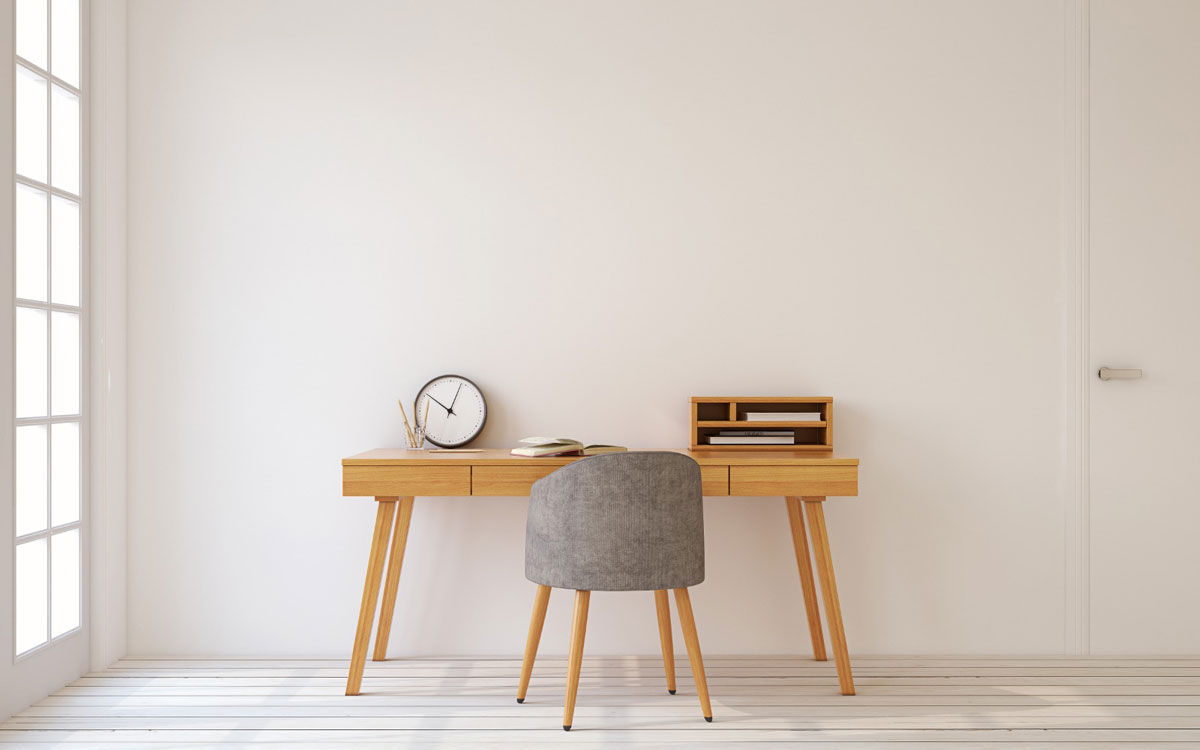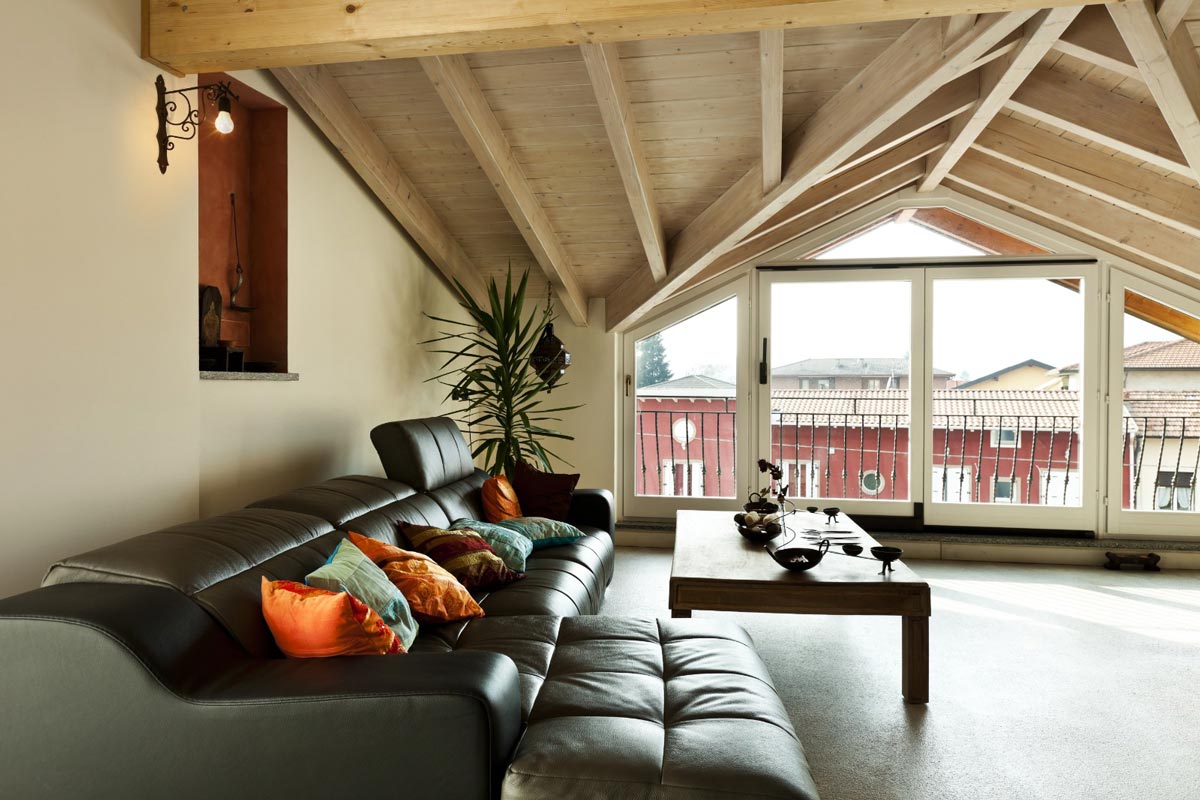5 study room feng shui mistakes you would rather not make

On average, the study room is not as frequently used compared to the kitchen, bedroom and a home's main entrance, which is why it's not considered a vital area as far as interior Feng Shui is concerned. Nevertheless, it's still worth being a little smart about where the study room is located - as well as how it's designed - to ensure it's conducive for the intellectual undertakings that transpire there.
Location is paramount in Feng Shui; even an inconspicuous component of the study room that's out of place can present negative Qi, which in turn adversely affects one's productivity. So long as you become mindful of these factors factor, you can ensure that your studies and work at home are far more productive than they otherwise would have.
STUDY ROOM IN THE BASEMENT

While a study room in an underground location of a home seems like a cool idea - especially among men who love the whole "man cave" concept - it's an overall inauspicious spot since you'll be surrounded by the Earth element on all sides. This leads to bad circulation of Qi. Qi that flows poorly or remains stagnant causes people to have a poor flow of ideas or become mentally (even physically) sluggishness. You'd want to locate a study somewhere that facilitates growth and innovation; being underground does the exact opposite.
SLANTED STUDY ROOM CEILING

It's nice to have a little asymmetry in a room to add character, but slanted ceilings aren't a very good way of doing so, especially if the study desk is located under the lower end of said ceiling. Such a feature causes the Qi to become imbalanced; side effects of this include added stress and the inexplicable sense of constantly being under pressure. If you're directly under the slanted ceiling, you may also find yourself having great difficulty concentrating on your work. If you cannot relocate your study room, the next best thing is to make sure your desk is under the higher end of the ceiling.
STUDY DESK DIRECTLY ABOVE KITCHEN STOVE

Having the study room above the kitchen isn't a problem in itself; it's only an issue when the stove is right below the study desk as it could affect the studier's mood. This negative alignment between stove and desk can lead to increased irritability, which in turn impacts concentration and productivity. You don't have to worry about this if the kitchen ceiling is taller than 15 feet as this will place the study desk far enough. However, if you don't have the benefit of tall ceilings, you just need to move your desk elsewhere to render this problem nonexistent!
STUDY ROOM DOOR FACES ANOTHER DOOR

A room door that almost immediately opens up to another room door usually isn't a good feature in Feng Shui, and this principle applies to study rooms too. You don't want the Qi to flow in a straight line between doors, as this makes the Qi too 'merciless'. If there isn't an open space or a good distance between the study room door and the other door it's facing, it's best to rethink where you work within your home.
STUDY ROOM DOOR FACES EDGE OF WALL

In such cases, the corner of the wall creates Sha Qi pointed directly at the study room door. Even if your study room is located in a beneficial sector of your home, the Sha Qi alone can undermine or outright negate the beneficial sector's positive effects. It's highly recommended to avoid using such a room as a study, unless you extend the wall outside so the edge no longer opposes the door. You don't necessarily have to lay bricks to achieve this; simply using cabinets and other similar items to artificially extend the wall will do the trick.
Granted, there are other considerations if you truly want to create the perfect space for working at home. Still, just avoiding the Feng Shui pitfalls above can go a long way in allowing you to enjoy your work from home, without unnecessary interior headaches getting in the way!
This article was first published in Renonation.